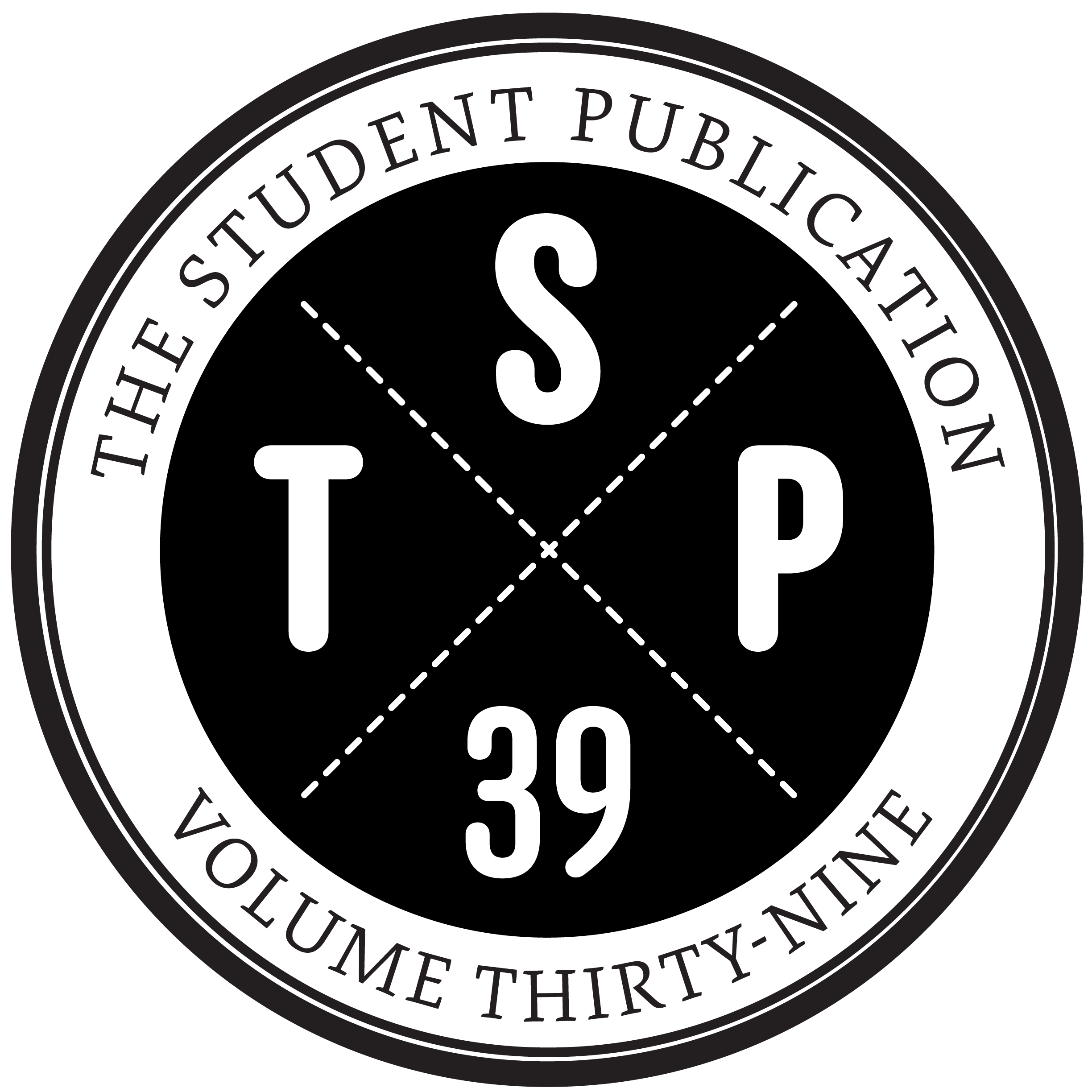Prompt:
Looking at the familiar experiences of our own life and work can provide important opportunities to unpack the complex ideas and arguments embedded in critical writing. We will use Debbie Millman’s “Look Both Ways” as inspiration for developing personal, illustrated essay that describes the intersection of your personal interest area and the topic of Volume 38: Flux: Design in Transition
Process:
Step 1: Start with the presentation that you made at the beginning of the semester (or choose another topic that you are currently interested in) and identify how that might relate or intersect with the current topic of Volume 38 of The Publication.
Step 2: Freewrite your initial ideas about how this intersection might be formed. What are you initial inclinations? What do you intuit about the topic as it relates to your own work and experience
Step 3: Spend 2-3 days taking notes and observing instances and evidence of your ideas in the world and in your everyday experience. Try to find patterns, evidence and support. Consider specific anecdotes as evidence of your ideas.
Step 4: Write a 250-500 word essay that defines the intersection of your topic area and the topic of impermanence in design culture. How does the notion of impermenance affect your topic and the way that we think about design, technology and culture? Is the notion of flux different in and outside of design? What is the benefit and the caution? Who is talking about it and why/how? (These are starting questions — you don’t have to answer them all!)
Step 5: Highlight important words and concepts in your essay. How might those highlighted ideas inform or enunciate a secondary (or primary) story.
Step 6: Create you illustrated essay on 8.5″ x 8.5″ panels (no more than 4 panels) — these can be hand drawn, typeset, mixed-media, etc.) Think about the reading experience — where the text breaks, how the reader will connect independent panels together.
Important Considerations for Writing (from On Writing Well and Look Both Ways):
Be clear. Don’t try to mask what you want to say with convoluted sentences. Be direct with your thoughts and ideas. Consider how sentences can build on one another to add up to a larger idea. Strip down your ideas into their bare essence and then build them back up.
Be specific. Use specific ideas, examples, anecdotes and experiences to introduce a larger idea. From the Millman essays, you’ll see her beginning with a personal story or experience as an entry into larger ideas and connections that are more universal about design as a whole.
Be compelling. Think about your audience. Ask yourself, “Who Cares?”? Hopefully, you do (and if you don’t, recognize what that means). Try to unpack what and why you care about the topic and communicate those ideas through your writing. You might be translating what is in your brain onto paper as a writer, but don’t forget there is a reader out there who will be translating what you write on paper into new and relevant ideas for them. Consider that.
Be consistent (and intentional). Consider your tone and ideas as they flow throughout the essay. Make sure there is continuity and flow of thoughts and ideas. They should follow a plan and be intentional. A casual voice (and using the first person) is fine in this piece. If you are going to switch back and forth between first and third person, make sure that is thought through and the flow is still there.
Objectives:
- Learn and become comfortable with the writing as a descriptive process
- Develop methods for writing and designing simultaneously
- Explore new theories in design
- Discover new ways to display writing that in incorporates hand work, typography and illustration.
Schedule:
September 13:
- In Class FreeWrite
- For Tuesday, September 20, Reading page 1 – 7 from William Zinsser, On Writing Well.
September 20
- Review Millman, D “Look Both Ways” as inspiration
- Draft of Essay
- For September 27: Read:
- Turchi, maps of the imagination
- Zinsser, On Writing Well, p8-24.
September 27:
- Initial Ideas for illustrated essay.
October 04
- Semi-Final Drafts
October 11
- Final Critique
